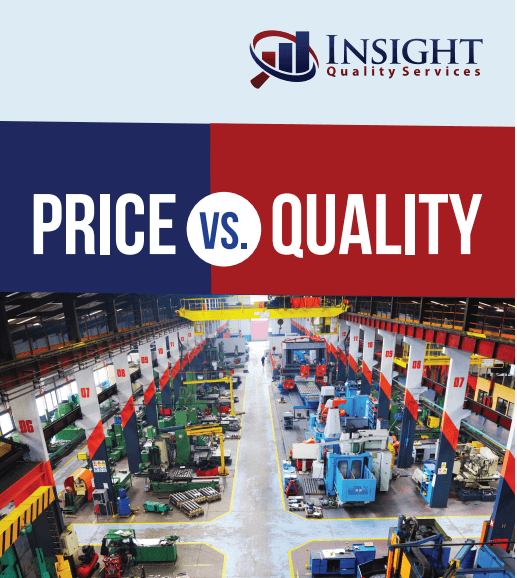You have created a new product, painstakingly designed it, carefully selected a factory to manufacture it, and now are ready to place your first order. Unfortunately, in many cases the next step is one of the most overlooked in the entire process: the first contract.
For those of us without law degrees, contracts can be intimidating. When the future of your product hinges on ensuring a mutually beneficial contract, it is vital to understand what should be included. Fortunately, we can help get you started.
If you have been reading this blog, most of this stuff will already be familiar to you.
Here is what you should include (and why you should include it) in your first sales agreement:
No. 1: Product Specifications
This purpose of this section is to have an official record of your required specifications for your product. This section should include: the responsibilities of each party (buyer and seller), whether any part of manufacturing is allowed to be subcontracted out, what elements make up each unit (i.e. packaging, instructions, etc.), and what materials and colors will be used for each element of the product. There should also be an appendix at the end of the document that includes detailed specifications, materials, colors, and technical drawings with measurements of the product.
No. 2: Ownership/Intellectual Property
This section should essentially state that the factory has no intellectual property rights to your product. You should also specify that the factory is not permitted to make any modifications to the product without your express written approval.
No. 3: Compliance Requirements
This section should state all of the relevant regulations that the product must comply with. You should specify each regulation by name, and the penalty should the product fail to meet all of the regulations.
No. 4: Payment and Delivery Terms
This section should include the details of what each party is expected to deliver to fulfill the contract. The buyer (you) should outline how much they will pay, the payment schedule, the method of payment, and a statement that the price shall not be changed without the sellers written consent. The factory should commit to delivery dates for both samples and the production run, and penalties for late delivery should be outlined.
No. 5: Payment Details
This section should simply include the specifics of where payments will be made to, and what currency will be used.
No. 6: Quality Inspection and Defects
This section is among the most important in the entire contract. This section should lay out all of the specifics in terms of agreed upon inspections, exactly what constitutes a minor, major, and critical defect, and AQL levels. It is imperative that you understand this entire process. If you are uncomfortable with any of it, read more here.
No. 7: Attachments
This section is a list of documents that are included with the contract that will be considered part of the contract (more detailed specs, color samples, etc.)
No. 8: Law and Dispute Resolution
This section is about what laws govern the contract you have signed, and the venue for arbitration.
No. 9: Validity and Agreement
This section has the term of the contract, and is signed and dated by both parties.
This list is by no means exhaustive, but it should serve as a solid jumping-off point for your contract. If you have any questions, feel free to contact us!
Price vs. Quality: What You Need to Know
When you’re making products to sell in the marketplace, you have to consider the tradeoffs between price and quality. Sometimes, producing better quality products can lead to paying a higher price for manufacturing.
Download our free white paper, Price vs. Quality, to learn how to produce great quality while keeping your costs low.





0 Comments